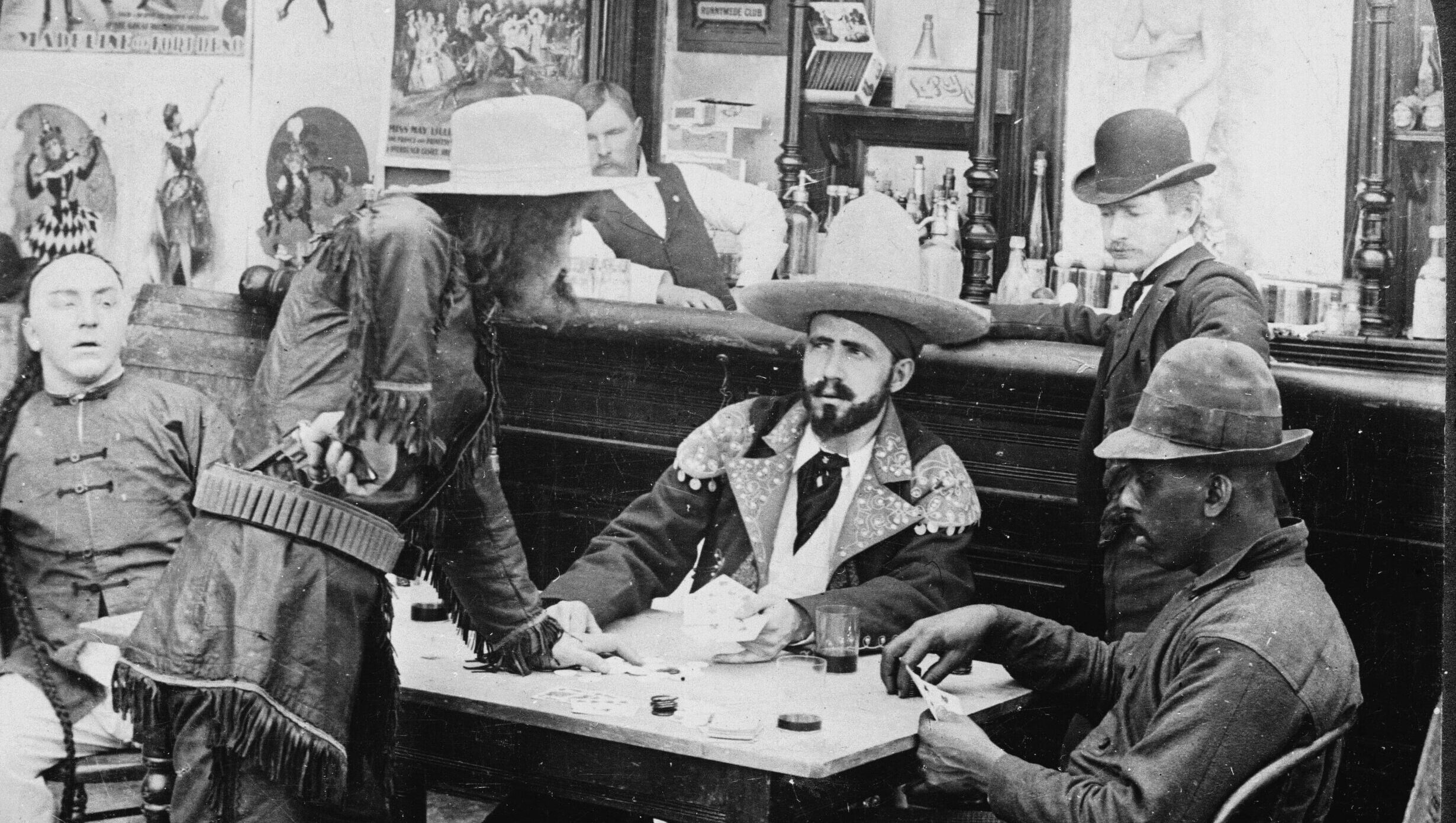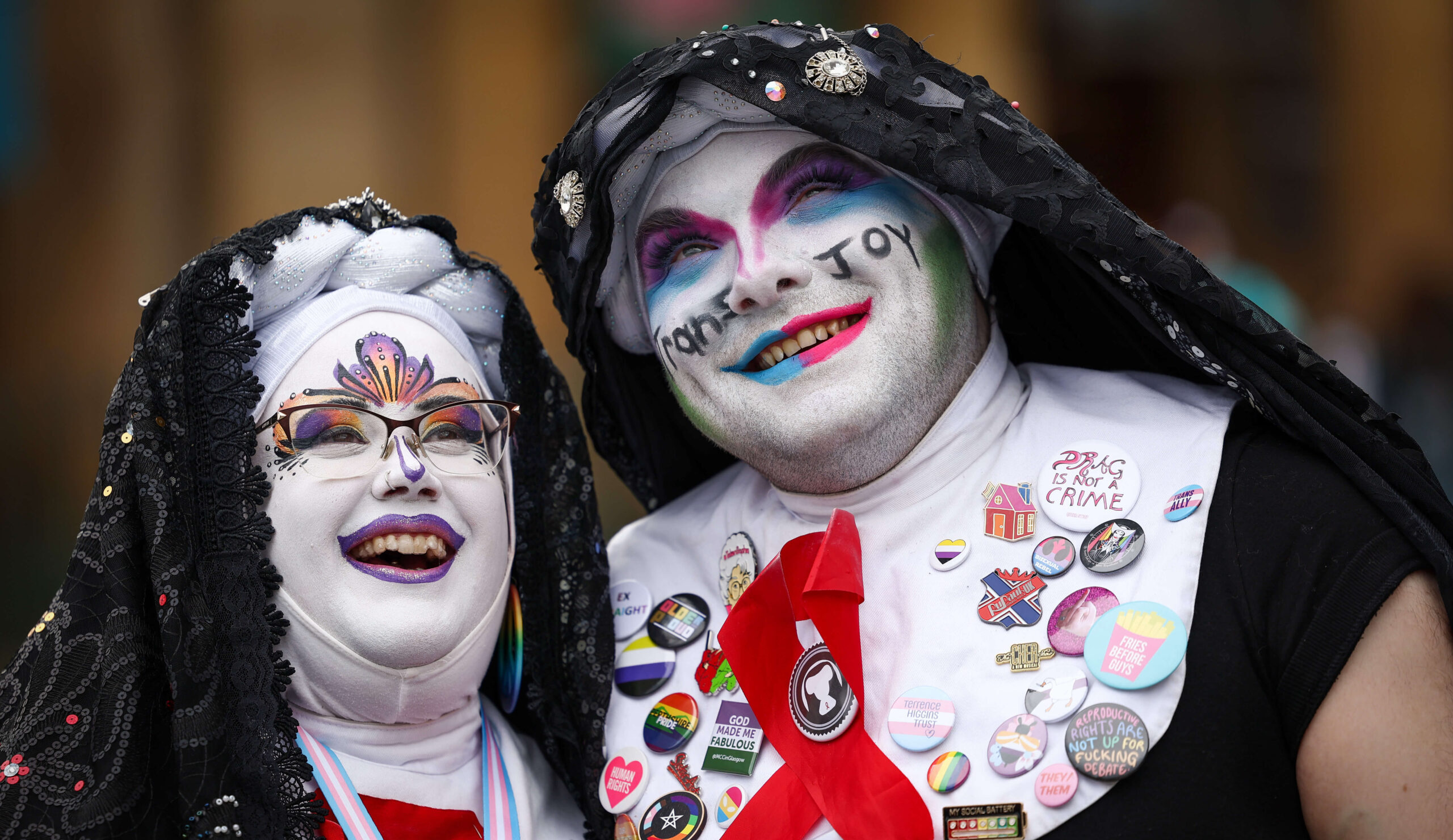Race and Liberty in America: The Essential Reader,
edited by Jonathan Bean
(Lexington: University Press of Kentucky, 2009)
In association with the Independent Institute
To study the past requires a sense of tragedy and perhaps a belief in original sin, “the imagination of disaster,” Henry James called it. The enchantment of Jonathan Bean’s Race and Liberty in America, on the contrary, derives from the “sunny faith” that within fifty years the United States will achieve “ ‘one country, one liberty, one law, for all people without regard to race’ ” (298, 312). Ignored, maligned, or forgotten, classical liberals—“the invisible men and women of the long civil rights movement”—become in these pages the neglected heroes of American history. Undeterred by opposition, defeat, betrayal, and the staggering odds against success, classical liberals have maintained their commitments to limited, constitutional government, free markets, equality before the law, individual rights, racial justice, and a Christian social order. After much trial, hardship, and disappointment, they are sure to prevail. Skepticism may be forgiven. Whatever the merits of Bean’s analysis, the documents he has assembled and his commentary about them constitute not so much a history of the classical liberal tradition and the civil rights movement as a morality play that admits little ambiguity and moves inexorably toward a happy ending.
Professor Bean is right to challenge the view that race is a biological reality. Even the most apparently immutable racial characteristics, he shows, can be altered by one act of miscegenation. If there is no biological support for racial difference, then there is no biological defense of racial inequality. Race is not a fact of nature; it is the product of history, an ideological construct that has taught men what physical attributes to notice and what meaning to attach to them. It is no dreamy romanticism to insist as Bean does that there is but one race. Yet, although the “race ‘essence’ is unreal,” Bean also observes that the consequences of racism have been real enough. “If race is a fiction,” he writes, “then it is a fiction worth disposing with because it has done far more harm than good” (308).
In the name of compassion, benevolence, and justice, those whom Bean identifies variously as “left-wing” or “diversity” liberals have kept alive the idea of race, determined to wield it as an instrument of their own power. Bean again makes a good point, as far as it goes. Modern liberalism of the sort that he decries offers a legacy of unsolved, and perhaps unsolvable, problems. It might not be too much to say that, in a clinical sense, liberalism has often been iatrogenic, its remedies not worsening but causing the diseases it has then set out to cure. Since the 1930s, left-wing liberals have fashioned an assortment of makeshift strategies to increase spending on social services and to organize the disadvantaged to pressure government to improve their lot. These schemes have not culminated in any meaningful redistribution of wealth and power, but they have realigned the social, political, and economic system to emphasize the importance of the group and to require the continual intervention of the state to establish and maintain social and political equilibrium. The consequence has been that the United States is now governed by a new, unwritten constitution that differs markedly from the original. The power of government is no longer an evil to be restrained but now is essential for the operation of society. Each disadvantaged interest group, modern liberals contend, must have equal access to that power and the opportunities it engenders to overcome discrimination and to realize the American Dream. Thus, Professor Bean concludes, “diversity” has become “the shibboleth of our age” (309).
The program of liberal reform, including much of the legislation enacted in response to the civil rights movement, did not inaugurate the “color-blind society” that Bean still hopes to effect. Ironically, race mattered more than ever, and blacks were defined and judged not as individuals but as members of a group with specific grievances and liabilities that needed to be rectified if justice were to prevail. Government regulations, judicial decisions, and court orders, which consistently set lower standards for blacks, make it impossible to dismiss Bean’s assertion that left-wing liberals regard blacks as inferior to whites. Writing from the perspective of classical liberalism, Bean categorically rejects affirmative action or, as he calls it, “affirmative discrimination,” policy that accords rights to groups rather than to individuals. He appreciates that such initiatives have signaled a departure from the Constitution, which focused on the individual citizen, as well as from the early civil rights movement, which championed legal equality for all.
Bean’s examination of race and racial policy distills the intellectual, political, and moral struggle that has long troubled liberalism in the United States. The question that underlies and animates this internecine conflict is, Do citizens have the right to protect their freedom and their property from government interference, or does the state have the obligation to elevate the oppressed even if it means discriminating in their favor? The shift away from individual and toward group rights, which for Bean has posed a grave threat to liberty, began not with the advent of modern liberalism in the late-nineteenth and early-twentieth centuries but before the Civil War with, for example, the proposal to reserve the western territories for whites only.
The war itself accomplished an even greater transformation in the understanding of liberty—a transformation that Bean fails to acknowledge. Classical liberals embrace what Isaiah Berlin defined as “Negative Liberty,” the two main components of which are freedom from governmental interference and fear of concentrated power. “Positive Liberty,” by contrast, resolves, or merely extinguishes, the tension between liberty and power, applying the latter to advance and sustain the former.1 The Bill of Rights limited the authority of the national government; the Thirteenth, Fourteenth, and Fifteenth Amendments, like those that followed, extended it. In so doing, they revolutionized the political, legal, and constitutional history of the United States.
Professor Bean cannot easily situate the history of the Civil War and Reconstruction within the framework of classical liberalism, and his efforts to do so are awkward and unpersuasive. It was, after all, pro-slavery Southerners who espoused the concept of “Negative Liberty” to enjoin the national government from impeding the rights of individual citizens. Bean disregards the Southern vindication of limited government and individual freedom and, at the same time, minimizes the consolidation of power that took place during and after the war. “While the Republican Party was more ‘statist’ . . . with regard to the tariff and other issues (for example, Prohibition),” he affirms, “it was less statist with regard to race. . . . In fact, most Republicans desired a speedy reestablishment of federalism” (8–9). The evidence does not support this conclusion. In the end, Bean is compelled to forsake it and to argue instead that slavery, segregation, disfranchisement, and violence were more statist, or at least more damaging, than was the passage of constitutional amendments intended to relieve these oppressive conditions. I emphatically agree that the national government had a political and moral obligation to intercede on behalf of the former slaves. I just as emphatically disagree that such an action reflected the principles of classical liberalism or that the application of those principles could have solved the problem of race.
By the time of the Civil War, Northerners had come to regard the South as economically backward, politically corrupt, and morally degenerate, but they shared with their Southern antagonists the conviction that private property was sacrosanct. The devotion to property rights, which is fundamental to classical liberalism, arrested the development of an independent community of free blacks in the postwar South. Neither the Radical Republicans nor Northern businessmen could tolerate the confiscation and redistribution of private property, even if it did belong to those whom they considered rebels and traitors. As a consequence, they rejected Thaddeus Stevens’s program of land distribution and debt relief that would have secured the economic welfare and the political rights of both free blacks and landless whites. Poverty and racism soon eroded nearly all the freedmen had gained. Acquiescence in a racial dictatorship is hardly what Bean had in mind when he commended the Republicans’ lack of statism in their engagement with the race question.
“There is no real instinct to protect those who can already protect themselves,” remarked George Santayana.2 But what is to become of those who cannot? Are they, like the freedmen, to be abandoned to their fate in a heartless world? For Professor Bean, government itself is the problem. In his compelling denunciations of affirmative action, the welfare state, and the inept bureaucracy that mismanages them, he reveals that modern liberalism has destroyed the capacity of government to perform its legitimate and necessary functions. “Individual freedom from government control” is thus the solution he proposes. Competitive individualism and unrestrained enterprise, and the freedom of movement, opportunity, and choice, are, in Bean’s analysis, natural rights, “neither ‘progressive’ nor ‘conservative,’ neither left nor right” (2). They are, like classical liberalism itself, politically neutral and equally accessible to everyone. Yet, the liberal vision of America, whether in its classical or modern expression, has always been predicated on continued economic prosperity and upward social mobility, which made tolerable the unjust distribution of wealth and power. In an age of long-term, if not permanent, stagnation and decline, with the palliatives of welfare no longer available to reinforce the system, the liberal “philosophy of individualism” (2) condemns millions of Americans, black and white, to chronic unemployment, inadequate health care, unrelenting poverty, abandonment in old age, and miserable lives.
What then are we to do about all those “lonely men in shirt-sleeves, leaning out of windows” whose existence is now without purpose, meaning, or hope?3 No easy or obvious answers emerge. For all their prudent warnings about the dangers of governmental power, conservatives have too often been racist and xenophobic. Notwithstanding the idiocies of affirmative action and the welfare state, modern liberalism has saved countless black, Latino, poor, working- and middle-class Americans from disaster. Left-wing liberals have nonetheless articulated no coherent philosophy of reform; have occasioned no bold redistribution of wealth and power; have themselves ignored, tolerated, or encouraged racism and xenophobia; and have promoted mass consumption to temper or obscure persistent social and racial injustice. Classical liberals, meanwhile, despite their admirable endorsement of individual freedom, have been too quick to expose helpless men and women to the anarchy of the market, to ignore the social relations of power that disguise exploitation, to assume that success equals merit, and to consign those who fail to the scrap heap.
Perhaps the cardinal virtue of Race and Liberty in America is Professor Bean’s resolve to persuade Americans that they still have choices and that the choices they make still matter. His optimism about the future and the efficacy of classical liberalism seems unwarranted, but optimism is preferable to despair even though both may cloud judgment and distort reality. The American people are not doomed forever to navigate between ideologies that now spawn only political bickering and cant. They can abjure the legacy of racism and xenophobia that tarnishes their history. They can confront the unjust distribution of wealth and power that burdens all citizens and that sentences the poorest to the wretched lives that have made necessary an inane and barbarous welfare system. They can demand that the economy operate for the benefit of those who toil in it and that excellence in work brings a fair reward. Whether the American people and their leaders have the political will and moral intelligence to redirect the government and the nation toward a more ethical and sane way of life remains to be seen. It is more certain that failure to do so would constitute a tragedy of enduring moment. ♦
Mark G. Malvasi is Isaac Newton Vaughan Professor of History at Randolph-Macon College in Ashland, Virginia. His new book, The Finder and Other Poems, will be published later this year.
1 Isaiah Berlin, Four Essays on Liberty (New York: Oxford University Press, 1970), 118–72.
2 George Santayana, Life of Reason, or the Phases of Human Progress (New York: Scribner, 1905–6 ), 38.
3 T. S. Eliot, “The Love Song of J. Alfred Prufrock,” Collected Poems (New York, San Diego, London: Harcourt Brace Jovanovich, 1970), 5.














